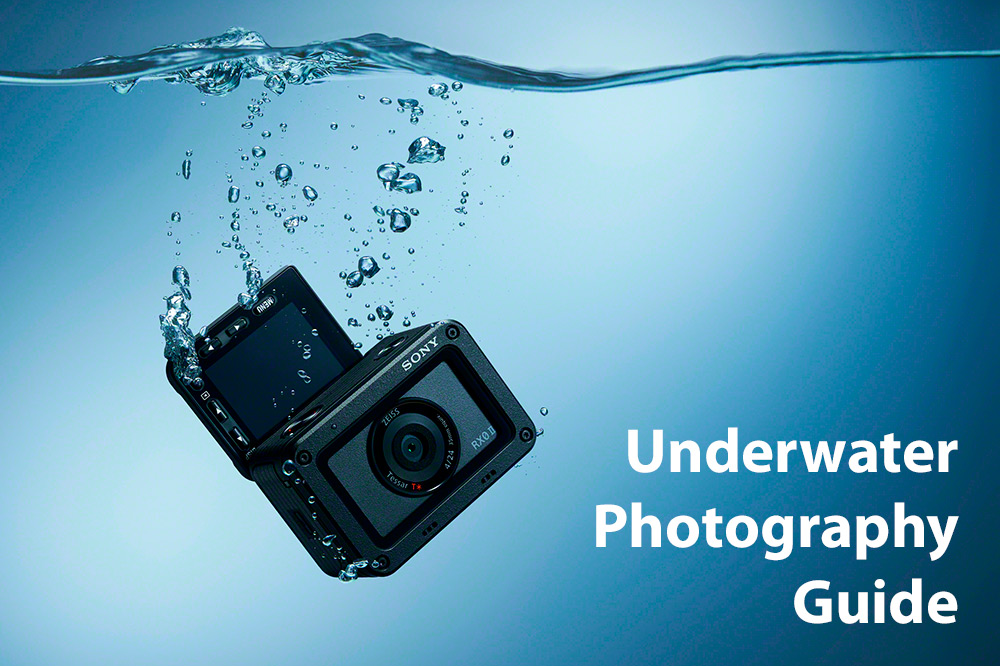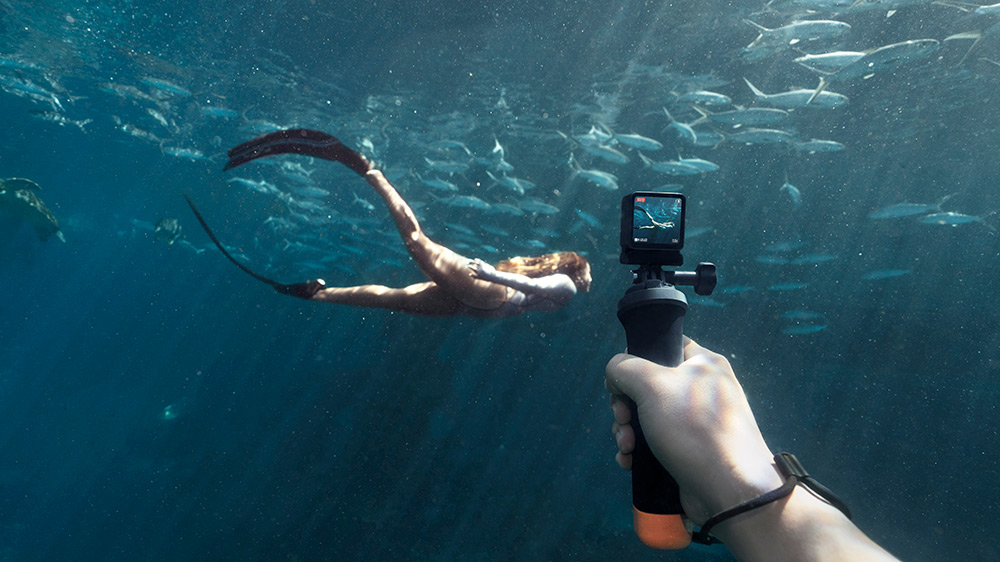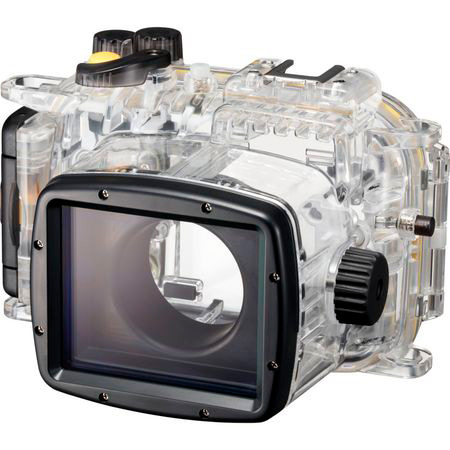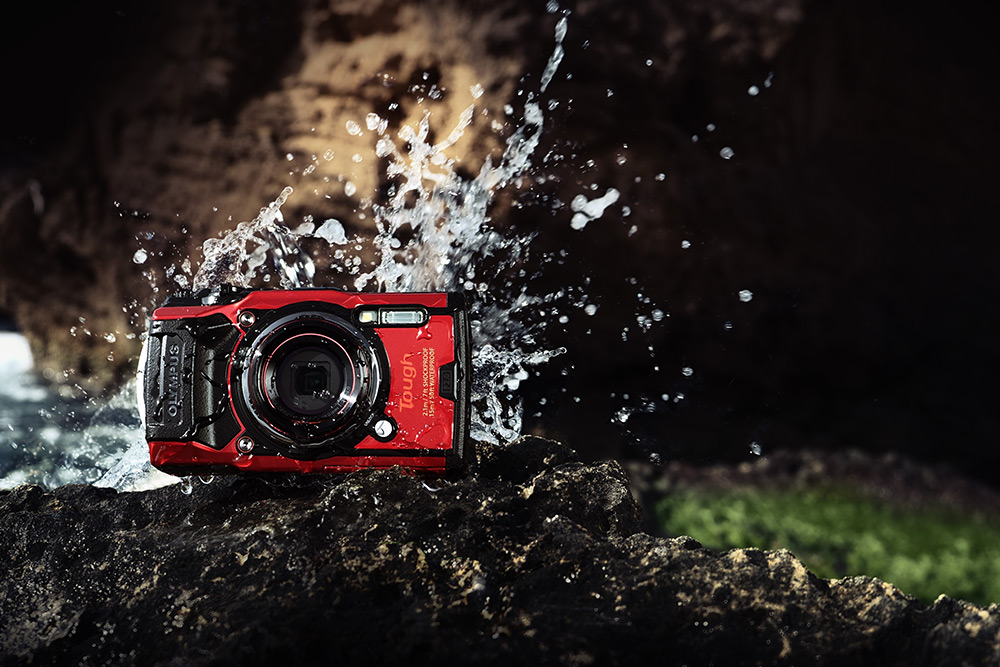- Call us: 01444 237070
- Contact Us
- Stores
- Sign In / Register
-
- Back
- Used Cameras
- Used Accessories
- Used Lenses
- Used Video
- Used Film Equipment
- Used Stock Alert
- Used Blank Test
- Sell or Part Exchange
- Used Clearance
- Recently Added Used Equipment
- Park Picks
- All Used Black Friday Deals
- Faulty
- Trade-In
- Blog
- New in
- Call us
- Contact us
- Stores
- Sign in
- Categories
- Tips & Inspiration
- Reviews
- News
- Events
- Features
- Buying Guides
- Competitions
Underwater Photography Guide
There’s a whole world of diverse aquatic life offering unique photographic opportunities for everyone to discover while swimming, snorkelling or scuba diving. Learn how to get into this exciting niche and master underwater photography with our underwater photography guide, so that you can capture amazing shots when you head into the deep. Discover tips on how to take show-stopping photos which are sure to impress your friends and followers, simply by using a few basic accessories, such as underwater housings, as well as some simple techniques for shooting awesome close-up macro shots that are packed with details of the animals you encounter.

Whether you’re heading away to an exotic island, thinking about a scuba diving course, or simply taking a trip to a UK beach to enjoy the magic of underwater photography, this is the perfect guide for you.
How to Get into Underwater Photography
Sometimes it just takes a few minutes witnessing the diverse life which resides underwater to get people hooked on this incredibly rewarding style of photography. Perhaps you’ve been inspired by the amazing images in Underwater Photographer of The Year? Maybe you stumbled on incredible photos in your social feed? All you need is enthusiasm, along with a handful of basic techniques to get started with underwater photography. Here are some ideas to get you going:
- We recommend starting out by photographing while swimming or snorkelling in shallower water. There’ll be plenty to see while you to hone your skills, learning how to expose shots underwater and improve stability to get sharper results.
- It’s well worth dedicating some time to read about the aquatic life you’re likely to encounter during any trip. This will give you a better understanding of the environment you’ll be in, and also helps with more accurate ‘jump-in’ camera settings suitable for the subjects you’re most likely to see.
- Watch documentaries or movies about underwater photography before you go. This provides a deeper insight into what’s involved and how to go about staying safe if you’re a complete beginner.
- Change your camera’s white balance to manual before diving in, so that you get the best results in-camera, without needing to do lots of colour adjustment in post-processing. Underwater light and colour can be pretty challenging for a camera to capture accurately, so start off with colour temperature around 9900K. You can then adjust the Kelvin value (K) to suit the environment once you see the results you’re getting. You can also set the camera’s picture style to Saturated or Vivid, which helps get colours to pop from the outset.
- Learn how to post-process, or ‘edit’ your photos to get the most of the shots you capture. Processing an underwater image can have a huge impact on the final wow factor.
- Ultimately, many people decide to become a diver if they get the underwater photography bug. This helps with encountering varied aquatic life which may live deeper down, or in more exotic locations. You’ll also gain buoyancy skills, as well as being able to spend longer in the water to shoot more images.

The Best Underwater Camera Housings
Underwater camera housings are model-specific waterproof cases, which fully enclose a camera body and attached lens. The housing will be certified waterproof to a given depth and serves the vital purpose of protecting electronic equipment from flooding. The reason these housings are model-specific is because they need to fit the camera controls and lens perfectly. For example, you need have an unobstructed view of the LCD screen in order to frame a composition. You’ll also need to change exposure settings using the ISO dial and of course click the shutter release to take the shot. You may notice rubber seals on housing joints, which ensure the casing remains waterproof, and large levers may be also be visible. These help when moving switches on the camera while it’s enclosed in the casing.

Sony underwater housing
The Sony MPK-URX100A underwater housing is designed for the popular Cyber-shot RX100 series and fits Mark I through to Mark V camera generations. The case is waterproof to 40 metres thanks to the inclusion of dual gaskets and features a large shutter button, as well as zoom levers for easier operation.
The Canon WP-DC55 Waterproof Case For G7 X Mark II is also waterproof to 40 metres and features a diffuser for the camera's built-in flash. This helps to spread the flash light wider and get broader coverage if you're using the flash to light a nearby subject.

Canon underwater housing
The Essential Underwater Photography Equipment List
We’re often asked what equipment you need when starting out with underwater photography and the good news is that you don’t need lots of specialist gear to get amazing results. If you’re buying a brand-new camera to support your hobby, compact waterproof cameras make an excellent starting point.
- The Panasonic Lumix DC-FT7 is waterproof to an impressive 31 meters, so you can swim, snorkel and take it on full dives as your skills progress. You’ll never miss a shot thanks to high speed 4K photos at 30fps and 10fps in full 20.4 megapixel resolution. The 4.6x optical zoom also offers plenty of compositional opportunities with one single lens. This means you can snap close-up portraits or environmental scenes at the widest 28mm, as well as more distant subjects when zoomed all the way in to 128mm.
- One of the most compact cameras you can get for underwater photography is the DJI Action 2 Power Combo. It’s also perfect for capturing other action sports you might enjoy, like sailing, surfing or canoeing. Simply add an Action 2 Waterproof Case for brilliant 12MP photos as well as silky smooth 4K videos to depths of 60 metres.
- Micro Four Thirds cameras are notable for their compact size with extremely small MFT lenses available for the system. Any Olympus OM-D camera with an accompanying waterproof camera case makes a great choice and benefits from the ability to change lenses for different compositions. The more compact your equipment is, the more discreet you can be, as well as making it easier to move around in the water.
- It can pay huge dividends to brighten underwater scenes with an underwater light such as the Aputure AL-MW Mini Waterproof LED Light. The Aputure is a continuous LED light, which makes it perfect for brightening photos as well as videos, with the added benefit of being extremely lightweight.
- The Nanlite Pavotube II 6C LED Light Tube with a bespoke waterproof bag makes another excellent lighting choice. This combination is extremely portable, weighing just over 300g in total and operates down to 20 metres. Both of these LED lights let you adjust their colour temperature, which is a good idea when using artificial lighting underwater. You can completely remove unrealistic colours from your photos, when combined with the appropriate manual camera white balance settings.
- As with any type of photography it’s well worth having plenty of memory cards to hand, particularly if you shoot video, as your cards can be filled very quickly. An SD card like the 128GB Sandisk Extreme Pro SDXC 170MB/s Class 10 UHS-I or the larger capacity Sandisk 256GB SDXC UHS-I are both reliable and fast enough to keep up with most cameras. If your camera has dual card slots you can set it to sequentially record from slot one to slot two, when the first card is filled. This gives you more time underwater before you have to hit dry land swap out your cards.
- Having one or two rechargeable camera batteries is essential to avoid running out of power just as you discover a rare fish you’ve been seeking. Start any session with a full battery and better still, get extended shooting capabilities with a battery grip which holds more batteries.

Whether you’ve been searching for the best underwater photography equipment to protect your gear, or simply looking for advice on how to take stunning underwater photographs, our top tips will have you mastering the art of underwater photography in no time.
Share this post:
By Park Cameras on 13/12/2021

Trade in your old equipment
Fast and easy trade in service ensures your old gear is collected efficiently and you are paid quickly! It's very simple to trade in your unwanted photography gear. Just head over to our dedicated Sell or Part Exchange page, fill out the details, and we'll get back to you with an offer for your old gear. Take the cash, or put it towards the cost of your new gear. It's up to you! Find out more
sign up to the newsletter
Keep up to date on the latest photography news, events and offers. Sign up now